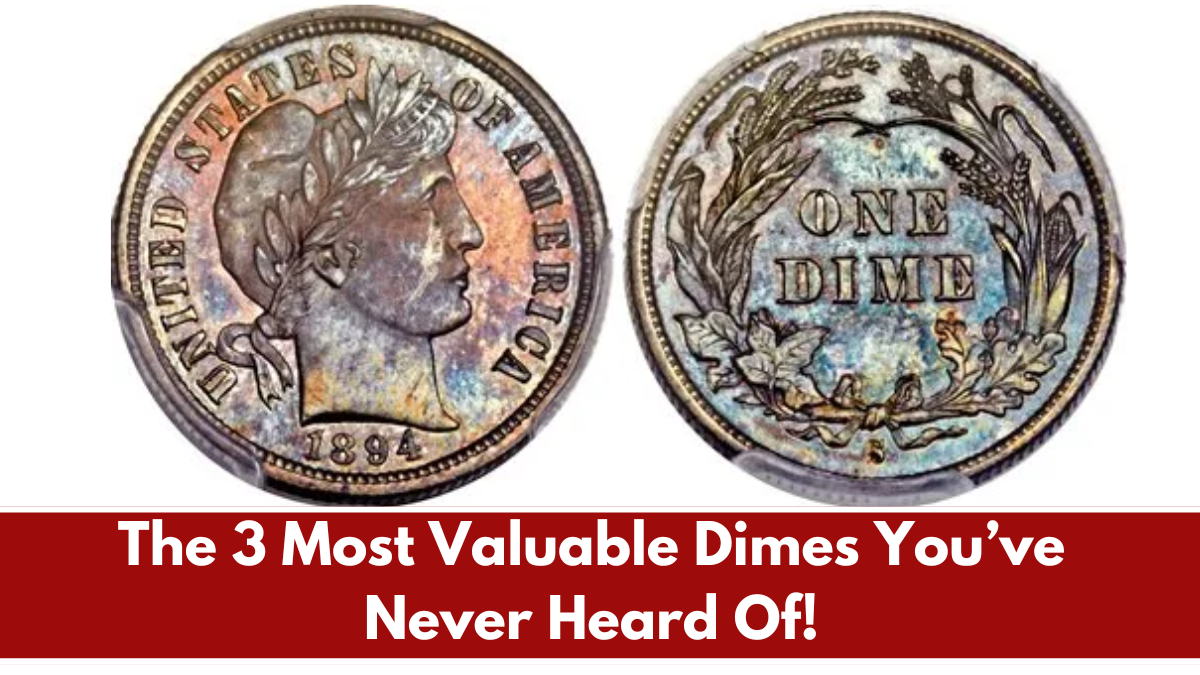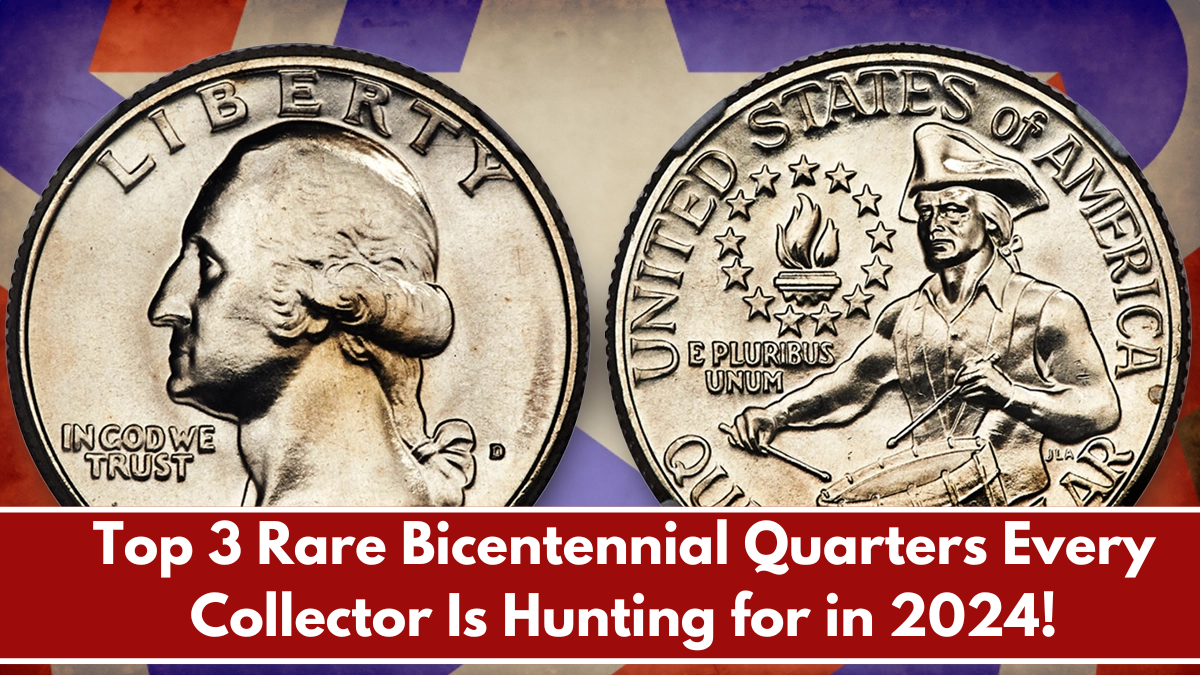Bicentennial Quarters, minted in 1975 and 1976, commemorate the United States’ 200th anniversary of independence. While these coins are iconic for their colonial drummer design, some became legendary due to rare minting errors. These errors transformed ordinary Bicentennial Quarters into highly sought-after treasures among collectors. In this article, we’ll explore four legendary Bicentennial Quarters whose mint errors have made them worth far more than their face value.
1. 1976-D Double Die Obverse Bicentennial Quarter
One of the most famous mint errors, the 1976-D Double Die Obverse, occurs when the coin’s die strikes the design twice slightly misaligned. This results in doubling on the obverse, especially noticeable in the inscriptions “LIBERTY” and “IN GOD WE TRUST.” The error is rare and valuable, with high-grade examples fetching between $5,000 and $50,000 at auction.
2. 1976-S Silver Bicentennial Quarter with Striking Errors
The 1976-S Silver Bicentennial Quarter is already valuable for its 40% silver composition, but some coins exhibit striking errors like off-center strikes or die cracks. These imperfections are cherished by collectors for their uniqueness and can significantly increase the coin’s value. Depending on the error and the coin’s condition, these can sell for up to $20,000.
3. 1976 Bicentennial Quarter with Clipped Planchet
A clipped planchet occurs when the coin blank is improperly cut from the metal sheet, leaving a portion of the coin missing. While clipped planchets are relatively rare, they are highly prized in Bicentennial Quarters due to the historical significance of the design. Values for these error coins range from $1,000 to $10,000, depending on the size of the clip and overall condition.
4. 1976 Bicentennial Quarter with Missing Clad Layer
Occasionally, Bicentennial Quarters were struck without one of their outer clad layers, exposing the copper core underneath. This error gives the coin a distinct reddish appearance on one side. Missing clad layer errors are unusual and can bring in between $2,000 and $15,000, especially if the error is dramatic and well-preserved.
Mint errors can transform a common coin into a legendary collector’s item, and Bicentennial Quarters are no exception. The 1976-D Double Die Obverse, 1976-S Silver with striking errors, clipped planchet quarters, and missing clad layer errors have captured the imagination of numismatists worldwide. If you’re lucky enough to find one of these coins in your collection, it could be worth far more than its face value.
FAQ’s:
1. What is a double die error?
A double die error occurs when the coin’s design is struck twice, causing noticeable doubling in certain details or inscriptions.
2. How can I tell if my quarter has a missing clad layer?
A missing clad layer gives the coin a coppery appearance on one side. Professional grading services can authenticate this error.
3. What causes a clipped planchet error?
A clipped planchet error happens when the coin blank is improperly cut from the metal sheet, leaving a noticeable “clip” or missing portion.
4. Are mint errors common on Bicentennial Quarters?
No, mint errors are rare, which is why coins with these mistakes are highly valuable among collectors.
5. Where can I authenticate and sell error coins?
You can authenticate error coins through professional grading services like PCGS or NGC. Selling can be done through reputable coin dealers, auction houses, or online platforms like Heritage Auctions or eBay.












